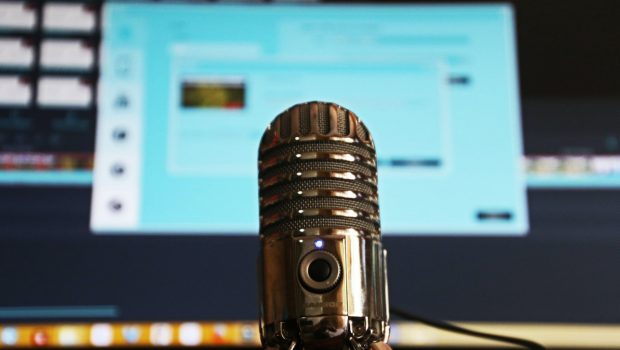Evolution Of Digital Audio Technology Into New-Age Podcasts
Opinions expressed by Entrepreneur contributors are their own.
You're reading Entrepreneur India, an international franchise of Entrepreneur Media.
These days communications are getting more content-centric, giving a major boost to podcasting. While the culture of podcasting was common in the US since long, the idea is getting more and more popular in other countries, including India. Especially in the recent years, podcasts have gained significant momentum in the country with audiences seeking diversified, insightful and entertaining content to be consumed as they multi-task.
Pexels
While technological advancement is bringing in a massive transformation in almost all sectors, integration of modern technologies such as artificial intelligence (AI), machine learning (ML) and Internet-of-Things (IoT) have made podcasts more accessible and personalized. With the application of technology and a data driven approach podcast platforms are now augmenting user experience by offering a host of content according to the taste and preferences of the users.
One reason driving the rapid inclusion of podcasts in the mainstream is the steep rise in the penetration of smart devices in the country. India is among one of the top countries in regards of consumption of content and the rising number of smartphones has further supplemented towards its rise. According to market surveys, most listeners in India prefer listening to podcasts on their phones and the podcast industry is expected to grow in line with the growth of the smart phone user base.
Especially while commuting, which takes a substantial amount of a person's daily life, most commuters tend to resort to music and e-books for entertainment. The Indian audience these days is gradually shifting to the content available on the podcasts as it becomes more diversified and accessible. Also, in India there is a wide range of cultural diversity; which prompted towards the making and disseminating of content in podcast not just in English but in other languages such as Hindi, Telugu, Marathi, Tamil, Punjabi, Bengali, Assamese, Rajasthani and Bhojpuri, among others.
Digital audio technology is an extremely exciting space to be looked at. It lowers the barrier of creation across a whole range of different types of creators such as writers, book publishers, and folks of that ilk who can start creating and disseminating audio in a much more seamless manner.
Speaking of digital audio technology, one aspect can be talking about either voice synthesis, where somebody records one chapter of a book, and the rest of the book automatically gets processed utilizing the sample of that voice. The second one is using AI-based voice assistance/tech. It can be projected that this space is going to grow exceptionally fast in the next three-four years, given the rise in audio consumption and audio creation. So, there's demand for it on one hand.
At the same time, while a lot of fundamentals of the technology are strong, there are certain drawbacks in the technology right now are the error rate, which is fairly high. So even with things like transcription or using voice synthesis or AI-based technology to record or create podcasts, there's an error rate that's quite high.
So post-processing of the audio, there's still quite a lot of work that needs to be done in terms of editing. That's problem statement number one. Problem statement number two lies in the regional languages. Right now, we are looking at this space doing incredibly well, but only with a few languages thus far. So creators who are looking at creating content in many languages, the tech still do fall short; which can of course, grow in time.
The third problem statement is the fact that the listener on the other side can still tell the difference between a podcast that's been generated using voice/audio technology and a podcast that's been recorded by a person. Things like pauses, voice modulation, and emotions have come a long way, but they still haven't been able to mimic the true host-created podcast experience.
Nonetheless, it's a very exciting space to look at. There are low barriers to entry that will definitely create an explosion in the types of creators who can create through audio. It will, over time, become error-rate friendly in terms of regional languages. These drawbacks still need to be worked on before we can look at a 100 per cent replacement of an actual person recording a podcast and distributing it to different avenues.








Gloss